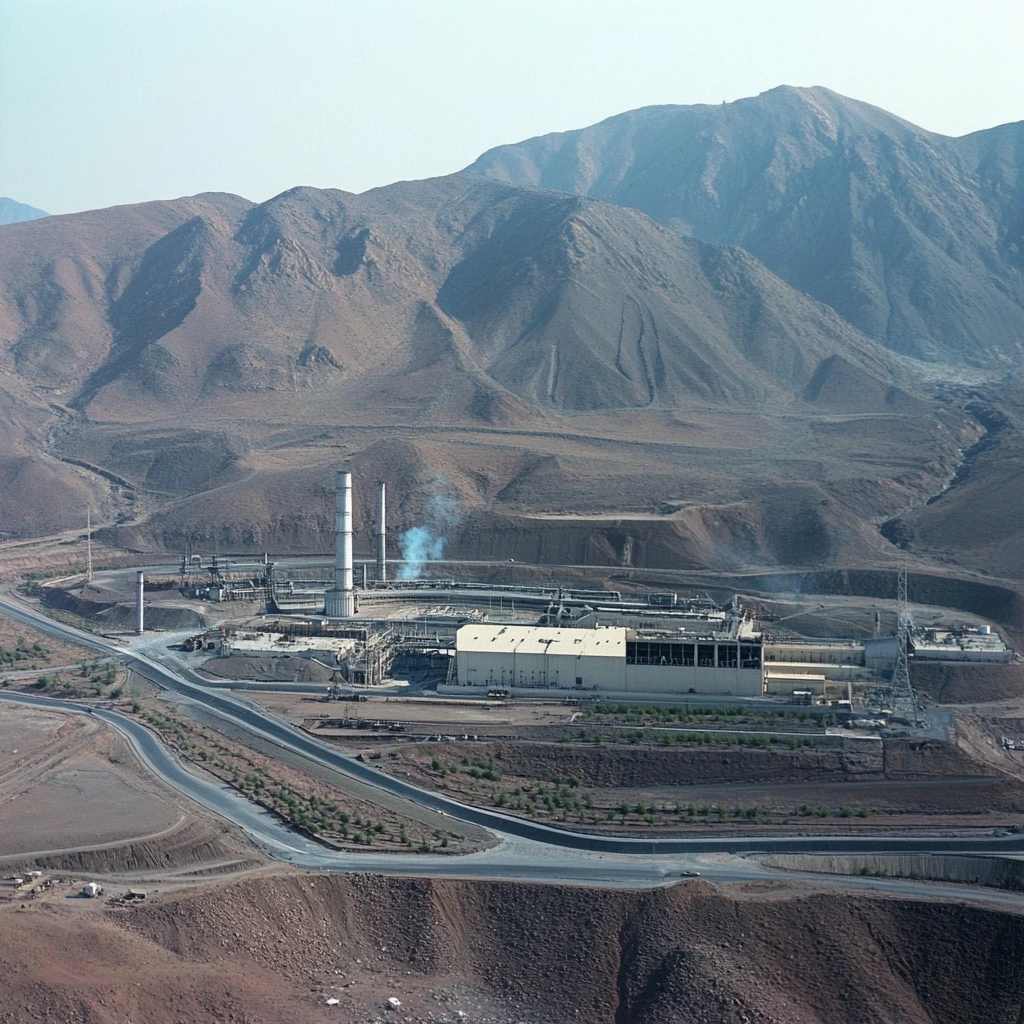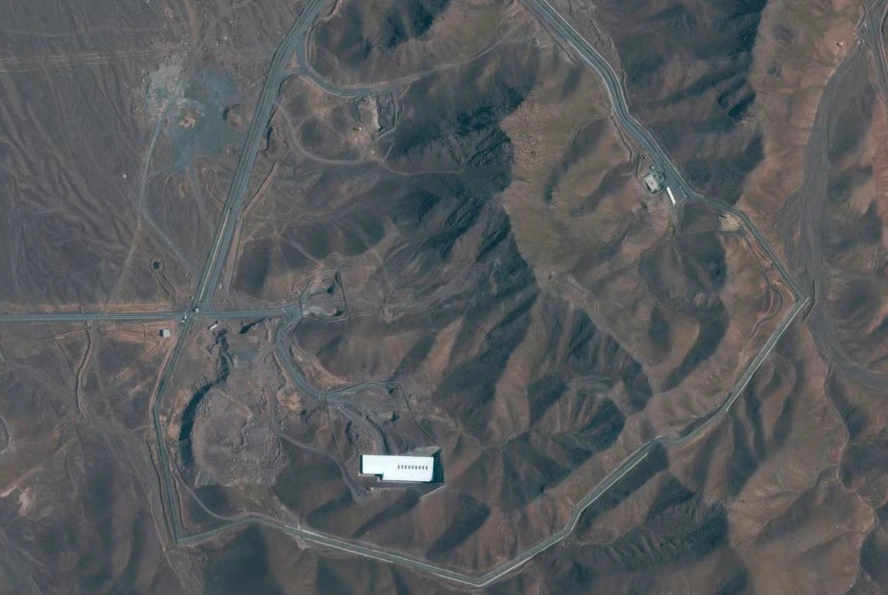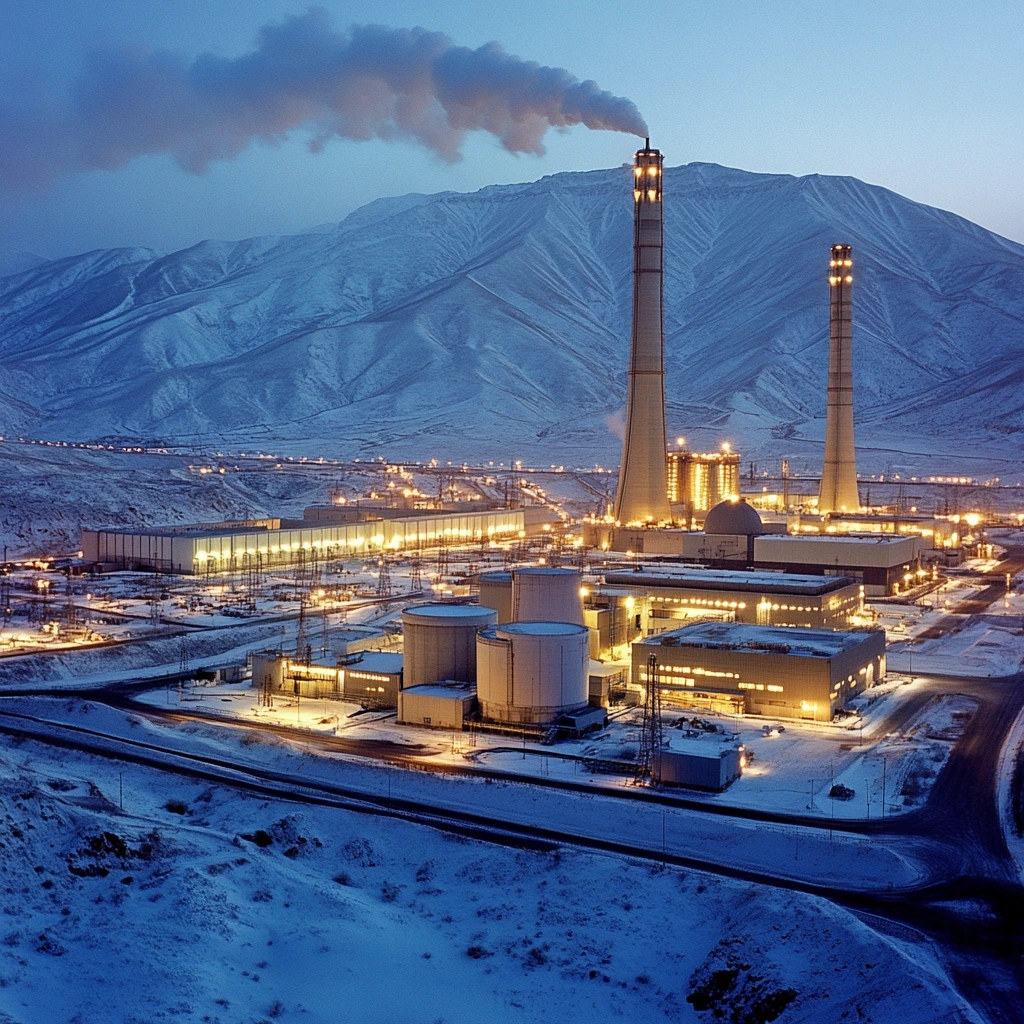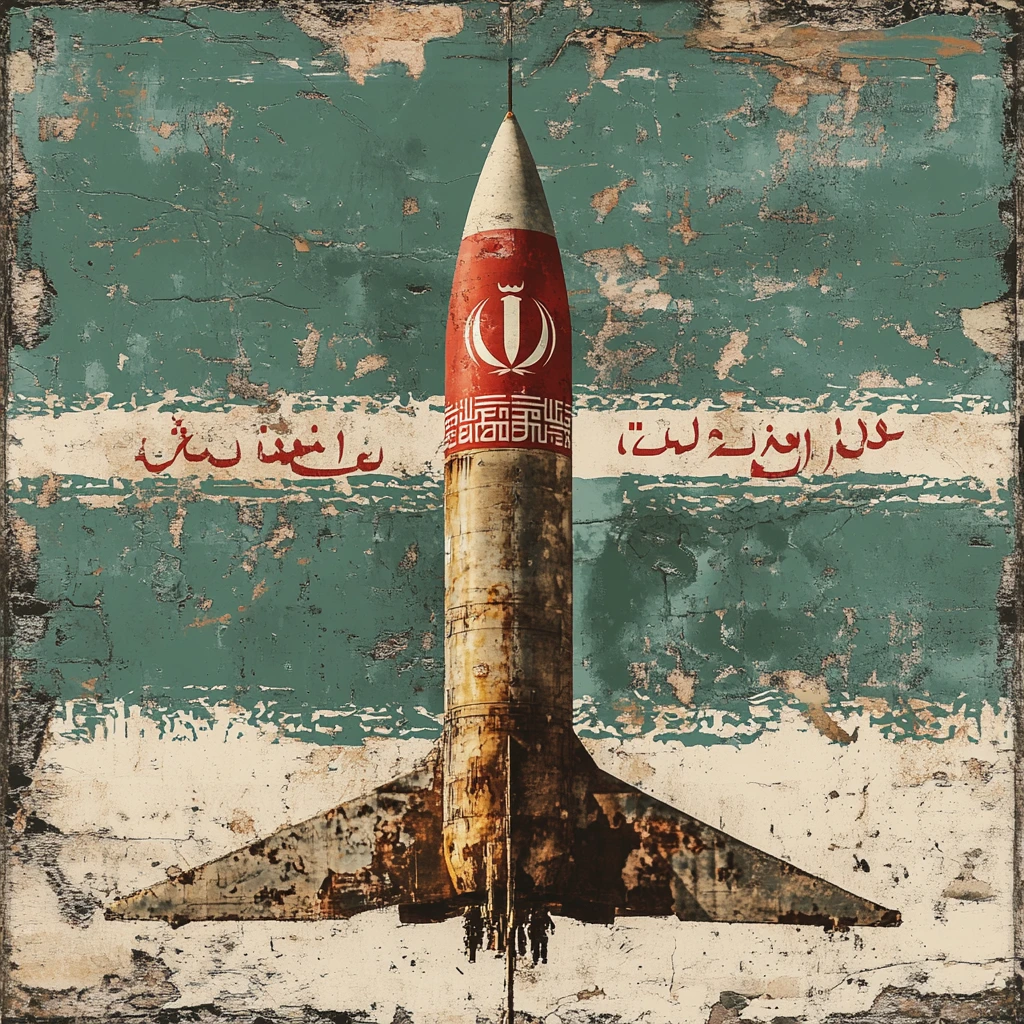Iran’s nuclear program has long been a focal point of international diplomacy, security concerns, and regional tension. With a network of strategically placed nuclear sites spread across the country, Iran continues to develop its nuclear capabilities under the watchful eyes of global powers and organizations like the International Atomic Energy Agency (IAEA). This article takes an in-depth look at the main Iranian nuclear facilities, their geographic locations, the specific roles they play in the nuclear fuel cycle, and why they are of such strategic importance.

Natanz Nuclear Facility: The Core of Uranium Enrichment
The Natanz Nuclear Facility is arguably the most well-known and significant nuclear site in Iran. Located approximately 250 kilometers south of Tehran in Isfahan province, Natanz is an underground uranium enrichment complex designed to convert uranium hexafluoride gas into enriched uranium using thousands of centrifuges.
This enrichment process is vital because it determines the concentration of uranium-235 isotopes, the fissile material necessary for both nuclear energy and, potentially, nuclear weapons. While Iran insists its nuclear program is peaceful and for civilian energy purposes, enrichment beyond 3-5% uranium-235 raises suspicions of weaponization, especially if it approaches 90% enrichment.
Natanz has been at the center of several international incidents. The site’s underground nature provides it some protection from airstrikes, yet it was targeted by the sophisticated Stuxnet cyberattack in 2010, believed to be orchestrated by Israel and the United States. The attack damaged centrifuges, temporarily delaying Iran’s enrichment program and highlighting the facility’s strategic vulnerability and importance.

Fordow Fuel Enrichment Plant: Strategic Depth and Secrecy
Located near the holy city of Qom, about 120 kilometers south of Tehran, the Fordow Fuel Enrichment Plant is unique due to its location inside a fortified mountain. The facility’s mountainous shield offers natural protection against conventional bombing and airstrikes, making it a key strategic asset for Iran.
Fordow was kept secret from the international community until 2009 when Western intelligence agencies revealed its existence. This discovery intensified international scrutiny and led to increased sanctions and diplomatic pressure on Iran.
The plant primarily enriches uranium to levels suitable for civilian use, but its capacity and configuration raised concerns that it could rapidly increase enrichment levels to produce weapons-grade material if Iran chose to do so. Under the 2015 Joint Comprehensive Plan of Action (JCPOA), Fordow was to halt uranium enrichment and be converted to a research facility; however, Iran’s subsequent resumption of enrichment activities there has reignited global apprehensions.

Arak Heavy Water Reactor: Plutonium Production Potential
The Arak site, situated in western Iran near the city of Arak, houses a heavy water reactor (the IR-40 reactor) and a plutonium reprocessing facility. Unlike uranium enrichment, which increases the concentration of fissile uranium isotopes, heavy water reactors can produce plutonium, another nuclear material that can be used in weapons.
This facility is especially significant because plutonium can be separated from spent reactor fuel through reprocessing, giving Iran a potential alternative path to a nuclear weapon outside of uranium enrichment.
The international community, through agreements such as the JCPOA, has demanded redesigns and limitations to the Arak reactor to prevent the production of weapons-grade plutonium. Iran agreed to modify the reactor to a less proliferation-prone design and agreed not to engage in reprocessing activities, though concerns remain over long-term compliance and monitoring.
Tehran Research Reactor and Supporting Nuclear Infrastructure
Located within Iran’s capital city, the Tehran Research Reactor (TRR) serves primarily peaceful purposes. It produces medical isotopes, supports scientific research, and contributes to training nuclear engineers and technicians. While much smaller than Natanz or Fordow, the TRR is an essential part of Iran’s broader nuclear infrastructure.
Supporting these main facilities are various uranium mines, fuel fabrication plants, and waste management sites spread throughout Iran. For example, the Saghand uranium mine in central Iran supplies raw uranium ore, which is processed and converted into nuclear fuel at other sites.
Together, these sites create a complex nuclear fuel cycle infrastructure that sustains Iran’s nuclear program from uranium extraction through fuel fabrication and usage in reactors. Each site plays a crucial role, and their geographic dispersal is both a strategic measure to mitigate risks and a challenge for international monitoring.

Conclusion
Iran’s nuclear sites reflect a sophisticated and multi-layered program with both civilian and potential military dimensions. Facilities like Natanz and Fordow are pivotal to uranium enrichment, while Arak’s heavy water reactor represents an alternative nuclear pathway with plutonium production capabilities. The Tehran Research Reactor and supporting infrastructure showcase Iran’s civilian nuclear ambitions.
The location, construction, and operation of these sites are critical factors in international diplomatic negotiations and global security assessments. Monitoring, transparency, and dialogue remain essential to managing the risks associated with Iran’s nuclear program and ensuring that it remains peaceful.
Understanding the geography and function of these sites provides valuable insight into the ongoing tensions and the delicate balance of power in the Middle East and beyond.
Table of Contents
Live updates: Israel-Iran conflict, Trump weighs US options on sixth day | CNN